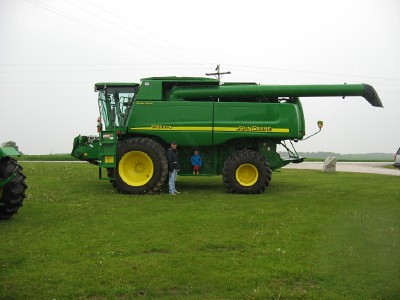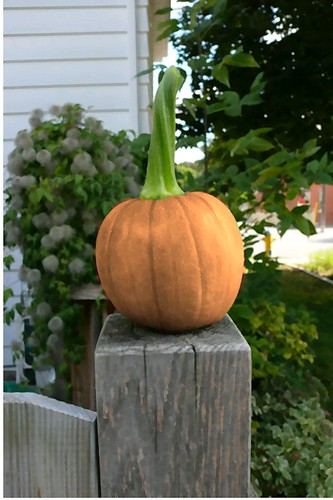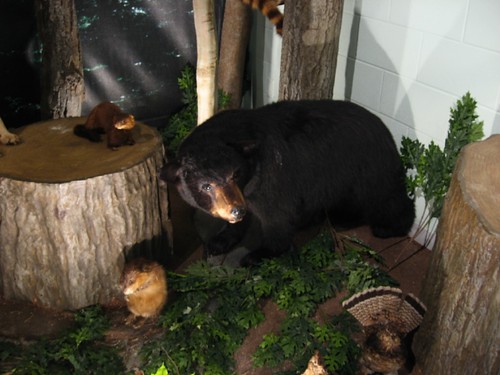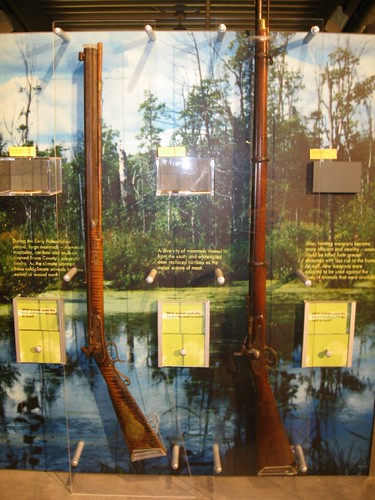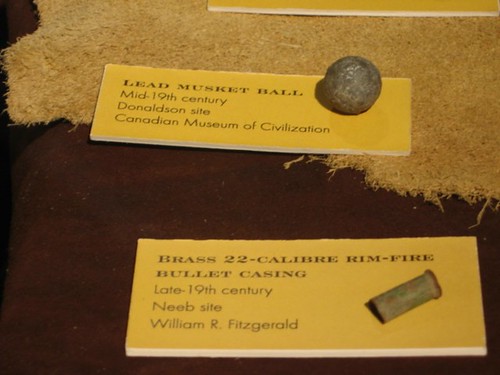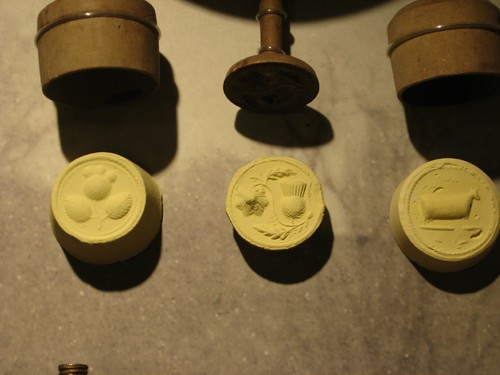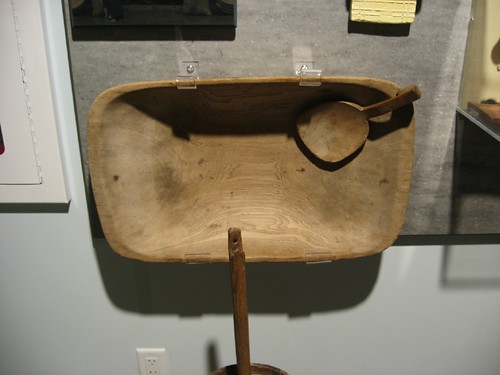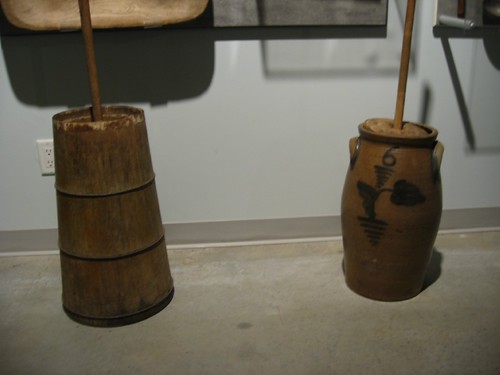Pioneer women would have worn aprons and pinafores daily. They were also a staple in both my grandmothers kitchen drawers. I even remember one grandmother pinning an on old tea cloth (square table cloth) that she kept just for when she did cake decorating. She used a diaper pin to pin it to the front of her dress.
I love aprons, the Hillbilly Housewife converted me. I really had problems with our children taking me for granted, that I should drop everything and come running to fix every problem. Wearing my apron actually made a big difference. It became my "Mom at work" uniform. They now know that when I have it on I'm in working mode and am not to be disturbed for things they can do by themselves.
I also really like this history lesson on aprons. It has been posted as a link before, but it is a worth while read.
I received one of those “send it to everyone” emails from my cousin that I actually enjoyed reading, and I pass it on to you…
By HatsFineandFancy
The principal use of Grandma’s apron was to protect the dress underneath, because she only had a few, it was easier to wash aprons than dresses.
And they used less material, but along with that, it served as a potholder for removing hot pans from the oven.
It was wonderful for drying children’s tears, and on occasion was even used for cleaning out dirty ears.
From the chicken coop, the apron was used for carrying eggs, fussy chicks, and sometimes half-hatched
eggs to be finished in the warming oven.
When company came, those aprons were ideal hiding places for shy kids.
And when the weather was cold, grandma wrapped it around
her arms.
Those big old aprons wiped many a perspiring brow, bent
over the hot wood stove.
Chips and kindling wood were brought into the kitchen in that apron.
From the garden, it carried all sorts of vegetables. After the peas had been shelled, it carried out the hulls.
In the fall, the apron was used to bring in apples that had fallen from the trees.
When unexpected company drove up the road, it was surprising how much furniture that old apron could dust in a matter of seconds.
When dinner was ready, Grandma walked out onto the porch, waved her apron, and the men knew it was time to come in from the fields to dinner.
It will be a long time before someone invents something that will replace that ‘old-time apron’ that served so many purposes.
- source unknown
I love aprons, the Hillbilly Housewife converted me. I really had problems with our children taking me for granted, that I should drop everything and come running to fix every problem. Wearing my apron actually made a big difference. It became my "Mom at work" uniform. They now know that when I have it on I'm in working mode and am not to be disturbed for things they can do by themselves.
I also really like this history lesson on aprons. It has been posted as a link before, but it is a worth while read.
I received one of those “send it to everyone” emails from my cousin that I actually enjoyed reading, and I pass it on to you…
By HatsFineandFancy
- Apron History
The principal use of Grandma’s apron was to protect the dress underneath, because she only had a few, it was easier to wash aprons than dresses.
And they used less material, but along with that, it served as a potholder for removing hot pans from the oven.
It was wonderful for drying children’s tears, and on occasion was even used for cleaning out dirty ears.
From the chicken coop, the apron was used for carrying eggs, fussy chicks, and sometimes half-hatched
eggs to be finished in the warming oven.
When company came, those aprons were ideal hiding places for shy kids.
And when the weather was cold, grandma wrapped it around
her arms.
Those big old aprons wiped many a perspiring brow, bent
over the hot wood stove.
Chips and kindling wood were brought into the kitchen in that apron.
From the garden, it carried all sorts of vegetables. After the peas had been shelled, it carried out the hulls.
In the fall, the apron was used to bring in apples that had fallen from the trees.
When unexpected company drove up the road, it was surprising how much furniture that old apron could dust in a matter of seconds.
When dinner was ready, Grandma walked out onto the porch, waved her apron, and the men knew it was time to come in from the fields to dinner.
It will be a long time before someone invents something that will replace that ‘old-time apron’ that served so many purposes.
- source unknown




